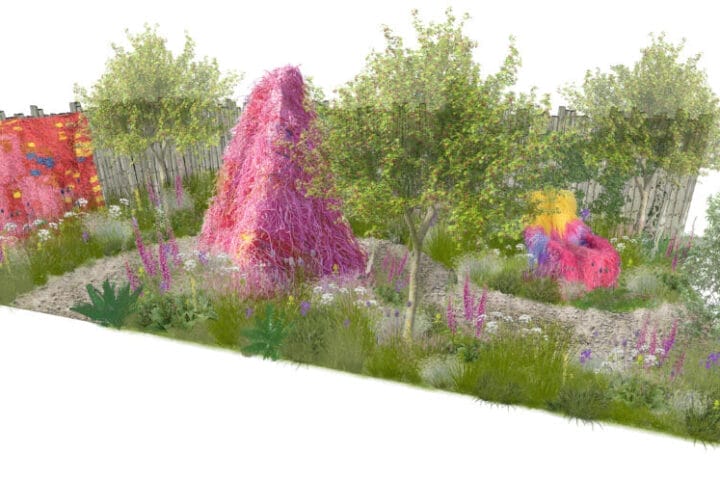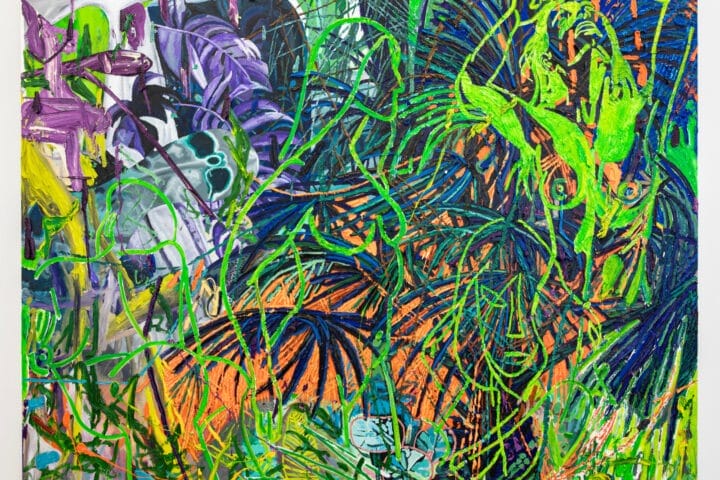White Cube is pleased to announce representation of the estate of pioneering Brazilian artist Lygia Pape (1927–2004). The artist’s debut with White Cube will take place at the 2023 edition of Art Basel Miami Beach (stand A23), where the gallery will present four works from across the breadth of her practice. Her first solo exhibition at the gallery will take place at White Cube Seoul in spring 2024.
A prominent figure in the Neo-Concrete movement and preceding Concrete movement, Pape was instrumental in the emergence of contemporary art in Brazil from the mid-20th century. Her multidisciplinary practice encompassed not only painting but also printmaking, sculpture, film, performance and installation. In the latter decades of her life – from 1976 to the early 2000s – Pape dedicated herself to a series of geometric installations entitled ‘Ttéia’ – a semantic play on the Portuguese words ‘teia’ (meaning ‘web’) and ‘teteia’, connoting a person or entity of grace.
Created the year before her death in 2003, the gold-plated copper sculpture, titled Metallic Ttéia (#3), will be shown on White Cube’s Art Basel Miami Beach stand alongside the abstract geometric painting Canvas (1987) and two of Pape’s important early woodcut prints, from the ‘Tecelares’ (‘Weavings’) series. These early works, from 1955 and 1959, represent Pape’s affiliation with the avant-garde collective Grupo Frente, founded in Rio de Janeiro by Ivan Serpa and comprised of fellow artists Hélio Oiticica, Lygia Clark and Aluísio Carvão.
Established in the early 1950s, Grupo Frente renounced the tenets of Brazilian modernism, instead, seeking a form of enigmatic abstraction that was, from the outset, untethered from observed reality. During the latter part of the 1950s the artist ventured into video and performance art, with seminal investigations including the staged Ballet Neoconcreto (1958)and the later monumental performance work Divisor (1968).
In 1959, Pape, along with Oiticica and Clark, would sign the Neo-Concrete manifesto authored by Ferreira Gullar. The manifesto established the foundational principles of the movement, diverging from Concrete art in that it advocated for a heightened sensuality, a liberation from colour and the embrace of phenomenology in real-time and space.
Susan May, Global Artistic Director, White Cube said: ‘As one of the most significant artists to emerge from the post-war Brazilian avant-garde, Lygia Pape’s place in the canon of modernism is assured. Her work was, in many ways, ahead of its time, from forging new forms of geometric abstraction in the 1950s, through to her performances and films of the 1960s and 1970s addressing themes of feminism, ecology and activism. We are honoured to be working with Projeto Lygia Pape to advance the legacy of this extraordinary artist.
Paula Pape, Founder and President, Projeto Lygia Pape said: ‘As we approach the centennial celebration of Lygia Pape’s birth in 2027, it is exciting for us to embark on this new partnership with White Cube. We are certain that our collaboration with the gallery will provide an exceptional opportunity to bring the artist’s visionary works to new audiences.’










